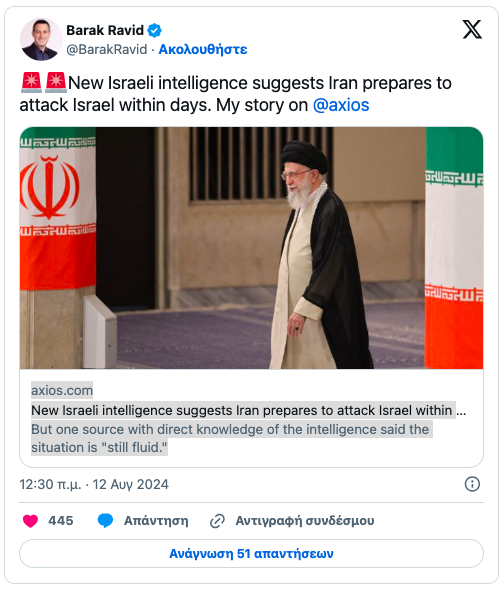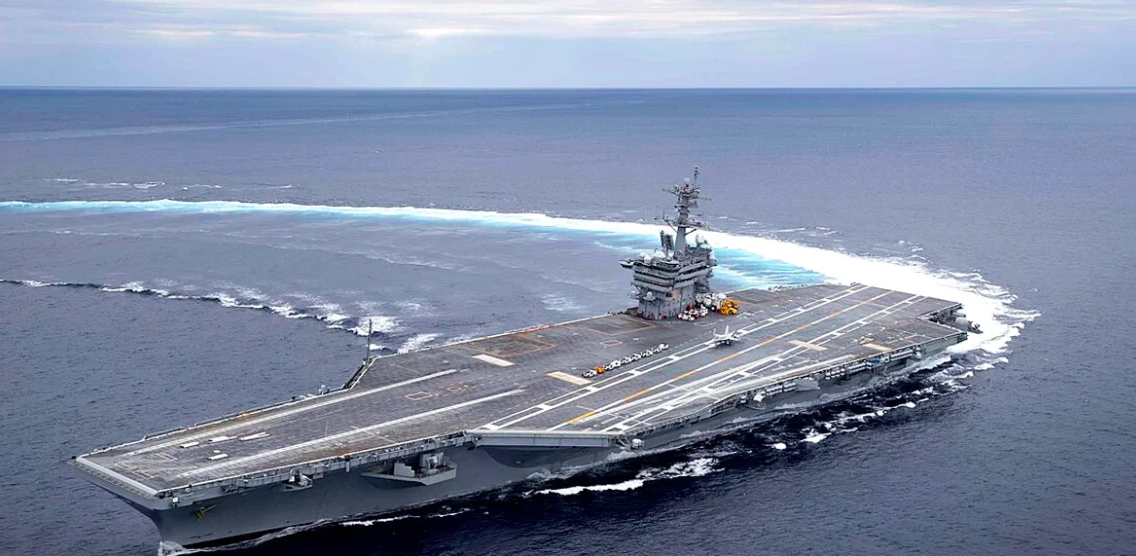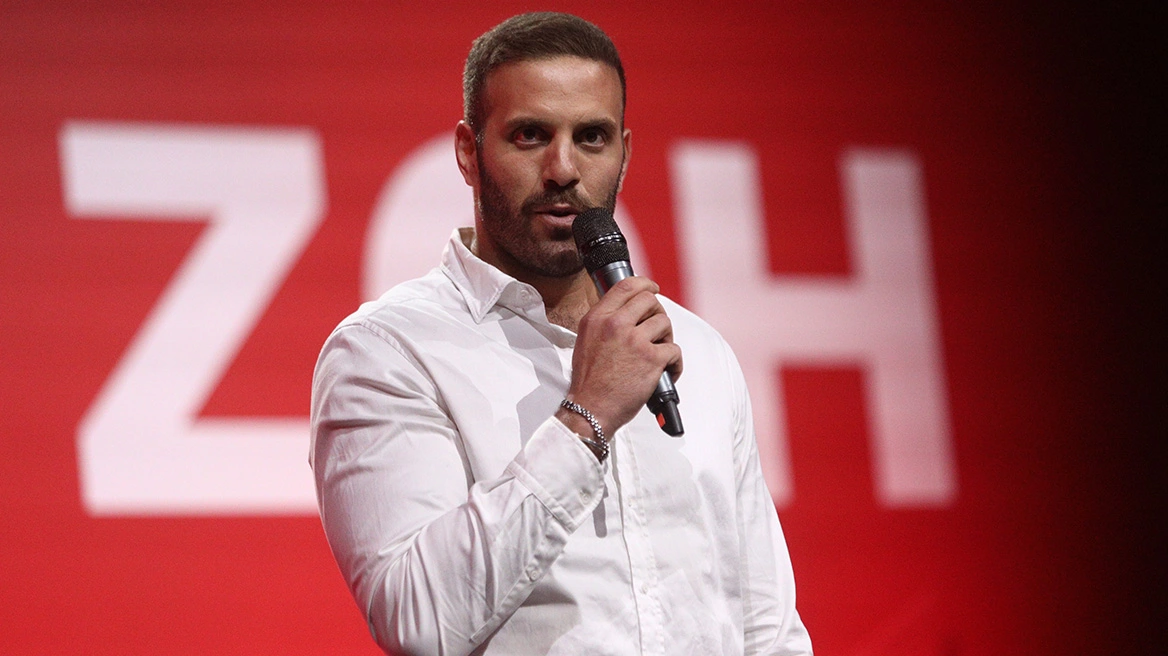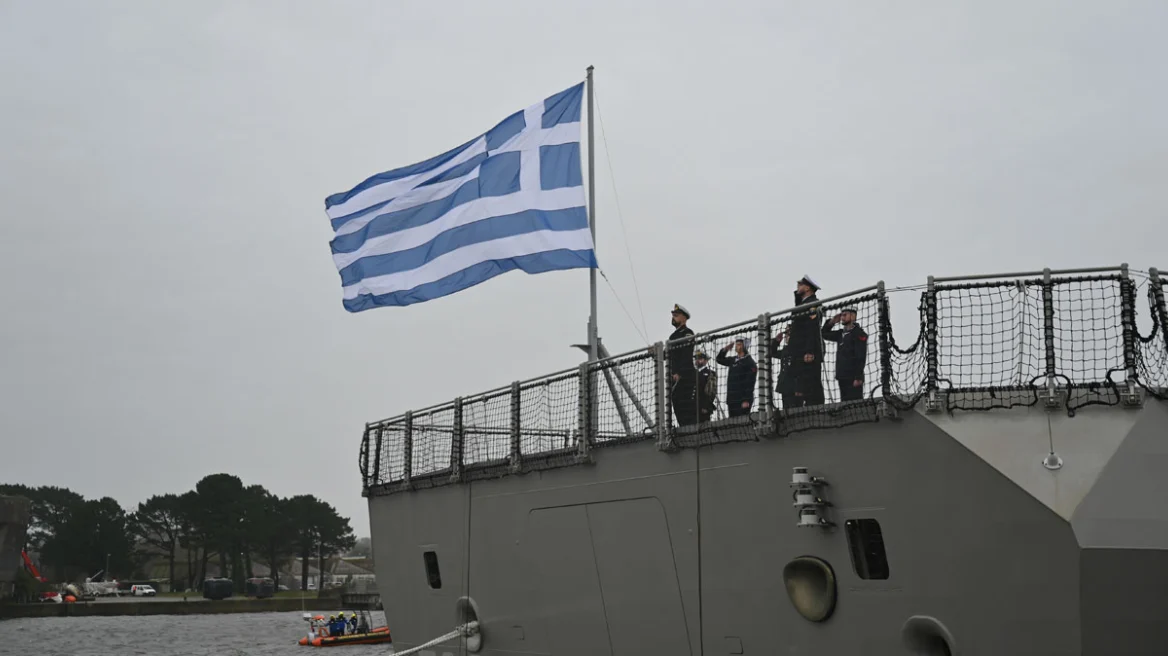The US Central Command announced that Defense Secretary Lloyd Austin has ordered the aircraft carrier USS Abraham Lincoln to expedite its deployment to the Middle East, reflecting growing concerns over a potential regional conflict amidst the ongoing Israel-Hamas war in the Gaza Strip, the Pentagon reported on Sunday.
Retired General Austin directed the carrier strike group, which includes F-35C fighter jets, to accelerate its movement. Pentagon spokesperson Pat Ryder mentioned the risk of a large-scale attack by Hezbollah, the Lebanese movement backed by Iran, or even a direct assault by Iran on Israeli territory.
Austin, who had a conversation with his Israeli counterpart Yoav Gallant, also ordered the deployment of the nuclear-powered submarine USS Georgia, equipped with cruise missiles, to the region.
Earlier, during his discussion with Austin, the Israeli Defense Minister emphasized that Iranian military preparations indicate that Iran intends to launch a large-scale attack on Israel. This information was disclosed by Axios reporter Barak Ravid, citing a source familiar with the discussions.
Israeli intelligence services now believe that a direct Iranian attack is imminent, possibly “within days,” in response to the assassination of the Hamas leader in Tehran, an act attributed to Israel.

Ravid’s report is based on two sources close to the matter. The latest assessment from Israeli intelligence is that Iran has decided to strike directly, possibly even before the hostage-related summit scheduled for August 15.
In a later update, Ravid noted that Hamas is refusing to participate in the August 15 talks. The report also highlights that international pressure on Iran is preventing it from launching an immediate attack on Israel, though the situation in Tehran remains fluid with no final decisions made.
Ravid also mentions that discussions are ongoing between the Islamic Revolutionary Guard Corps and the new Iranian President, Masoud Pezeskian, and his advisors regarding the response to Haniyeh’s assassination. It appears that while the Revolutionary Guards are pushing for a more significant response than the April missile attack, the president’s advisors believe that a large-scale retaliation should be avoided.
What Gallant and Austin Discussed
According to Pentagon spokesperson Pat Ryder, the two officials discussed operations in the Gaza Strip, the need to reduce civilian casualties, progress toward a ceasefire agreement, the release of hostages held in the enclave, and deterrence of attacks by groups aligned with Iran.
Tensions escalated further following the assassination of a senior Hezbollah military commander, Fouad Shukr, in an Israeli airstrike on a southern suburb of Beirut, and the assassination of Hamas political leader Ismail Haniyeh in Tehran, also attributed to Israel.
Washington announced last week that it was reinforcing its forces in the Middle East, including the deployment of warships and fighter jets. The USS Abraham Lincoln will join the USS Theodore Roosevelt, another aircraft carrier already in the region.
Three Dead, Including Two Hezbollah Fighters, in Israeli Strikes on Southern Lebanon
Lebanon’s Health Ministry announced today that three people were killed in Israeli strikes on southern Lebanon, with a source close to Hezbollah stating that two of the victims were fighters from the Lebanese pro-Iranian movement. Almost daily exchanges of fire have occurred between Hezbollah and the Israeli military since the war in Gaza began in October. The violence intensified with the Israeli killing of Hezbollah’s top military commander Fouad Shukr on July 30 and the Hamas leader Ismail Haniyeh in Tehran.
The strike by the “Israeli enemy targeted the town of Taybeh today, leaving two people dead,” the ministry said in a statement. It added that a third person succumbed to their injuries today after being hit in an Israeli raid on the southern town of Beit Lif “several days ago.” A source close to Hezbollah told the French Press Agency that the two victims in Taybeh, which borders Israel, were fighters from the movement.
Lebanon’s ANI news agency reported that “a drone fired two missiles in Taybeh.” The Israeli military announced that it had “hit several Hezbollah military infrastructures” in the Odaiseh area, near Taybeh.
Later, the military said in a second statement that it had “bombarded a Hezbollah terrorist cell in the Taybeh area” and another military structure in a nearby area.
In the evening, Hezbollah confirmed the death of two of its fighters from Israeli fire.
Yesterday, Lebanon’s Shiite armed movement announced that it had launched drones loaded with explosives against a military base in northern Israel in retaliation for the killing of a senior Hamas official in Sidon, southern Lebanon.
On Friday, a Hamas official was killed in an Israeli airstrike in Sidon, Lebanon. According to Lebanon’s NNA news agency, Samer al-Hajj was killed when an Israeli drone struck the car he was in. Hamas announced that its “commander,” Samer al-Hajj, was killed. The Israeli military confirmed that it “neutralized” Samer al-Hajj in a raid.
Ask me anything
Explore related questions





